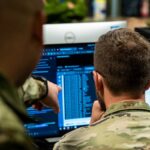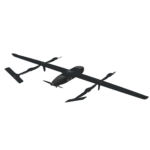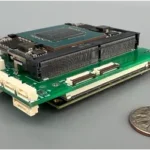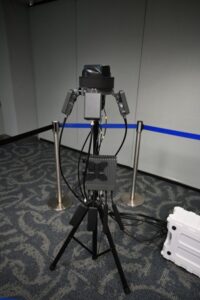
U.S. Space Force needs to ramp up its use of high-fidelity simulators to train personnel how to deter potential adversaries, and, if necessary, defeat them, Gen. B. Chance Saltzman, the service's chief of space operations said on Feb. 22. "If you think all you have to do is buy the best equipment, to have the most exquisite hardware from a military standpoint, that you're just gonna roll over an opponent, that's not the way it works," he told a Center…














